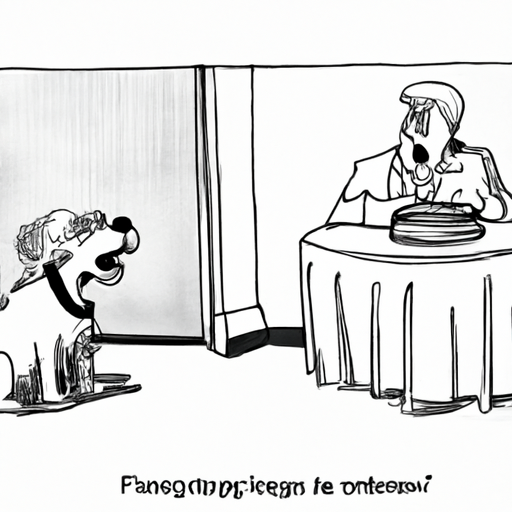Introduction
Resource guarding is a behavior, innate in all animals, including us humans, but when it comes to our four-legged friends, it can manifest in ways we may find challenging. It’s a primal instinct that drives dogs to protect their essential resources such as food, toys, and even their favorite humans.
Understanding the Behavior
To understand resource guarding in dogs, you need to step into their paws. Imagine, you’re having a meal, and someone tries to snatch your plate away. How would you react? Your dog’s response to a perceived threat to their resources is much the same. They may growl, snap, or even bite to protect what they believe is theirs. This behavior is entirely normal but can escalate and become a problem if not properly managed.
Here’s a simple breakdown of the signaling ladder dogs might use:
- Freezing
- Growling
- Showing Teeth
- Lunging
- Snapping
- Biting
Identifying Resource Guarding
There’s a broad spectrum of resource guarding, and it’s not always easy to identify. Some dogs may only guard their food, while others might protect toys, places, or people. Here are some signs to watch for:
- Growling: This is often the first sign of resource guarding. If your dog growls when you approach their food or toy, they’re likely guarding it.
- Body blocking: If your dog places themselves between you and the resource they’re guarding, it’s a clear indication of the behavior.
- Snapping or biting: This is a more severe form of resource guarding and should be taken seriously.
Managing Resource Guarding
If you’ve identified resource guarding in your dog, don’t panic. There are ways to manage it and help your dog feel more secure. Here are a few strategies:
- Desensitize and counter-condition: Gradually expose your dog to the situation that causes them to guard while pairing it with something positive. For instance, approach your dog’s food bowl, drop a treat in, and walk away. This helps them understand that your approach means good things.
- Avoid challenging the dog: Don’t force the issue. If your dog is guarding a toy, don’t try to snatch it away. This could escalate the situation and make the behavior worse.
- Seek professional help: If the resource guarding is severe or causing safety concerns, it might be time to seek help from a professional dog behaviorist.
| Strategies | Description |
|---|---|
| Desensitize | Gradually expose your dog to the situation causing them to guard |
| Counter-conditioning | Pair exposure with something positive |
| Avoid confrontation | Don’t force the issue, it could escalate the situation |
| Seek professional help | If the behavior is severe or causing safety concerns, seek a professional |
Frequently Asked Questions (FAQs)
Q: Is resource guarding a sign of aggression?
A: No, resource guarding is a natural behavior and not necessarily a sign of aggression.
Q: Can resource guarding be cured?
A: While it can’t be “cured” per se, it can definitely be managed with the right strategies.
Q: Can I prevent my puppy from developing resource guarding?
A: Yes, proper socialization and training from an early age can help prevent this behavior.
Remember, resource guarding is a natural behavior in dogs. It’s our responsibility as caregivers to understand our dogs’ needs and manage their behavior in a way that ensures their comfort and well-being.



